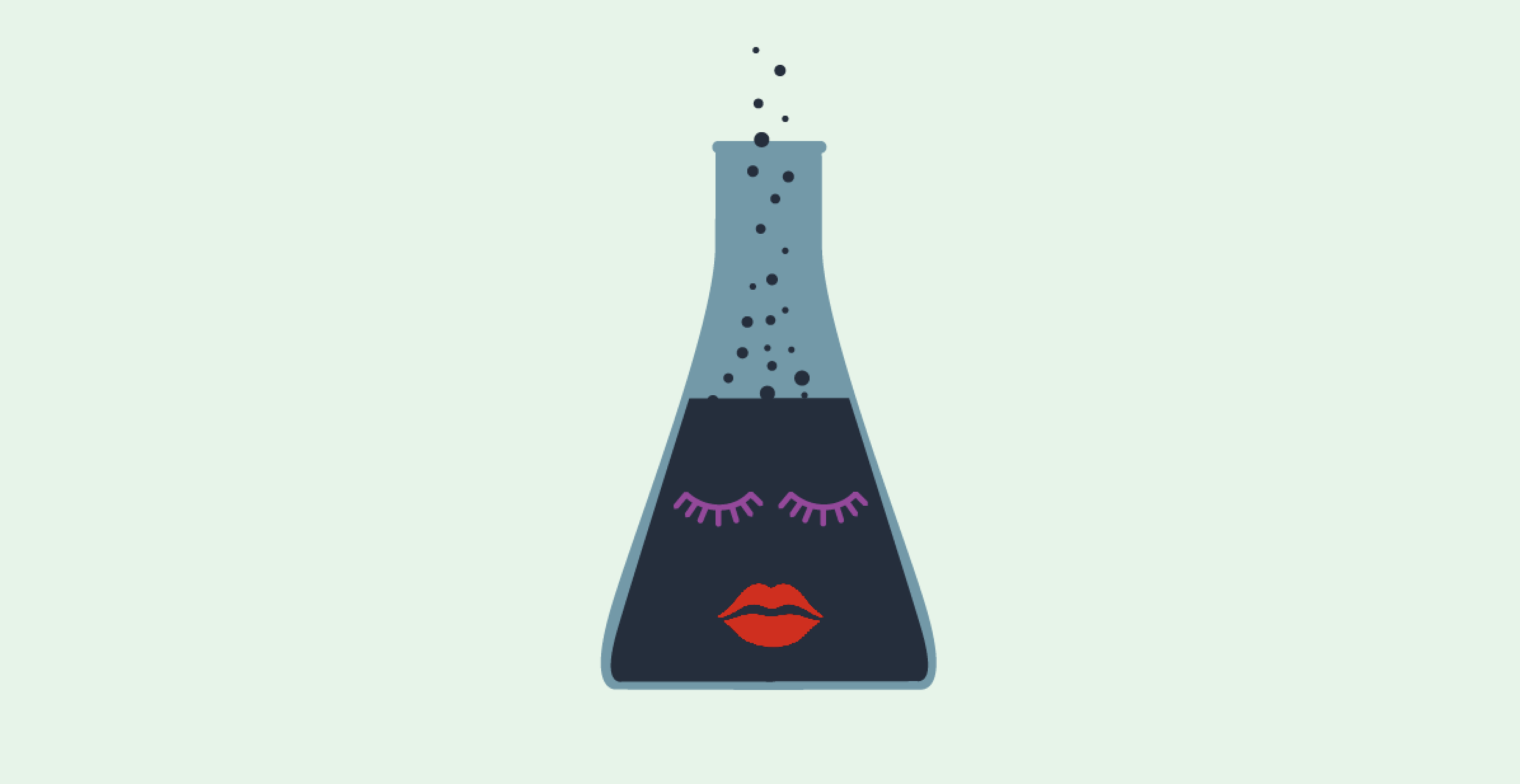From the lab to the runway: Making academia more inclusive through Drag

Rawbyn Diamonds walks onto the stage at Toronto’s Gladstone Hotel. She’s carrying an umbrella while seamlessly mouthing the words to Rihanna’s Umbrella. In fact she went to school with Rihanna in Barbados. Whether or not this is true doesn’t matter: with the way she confidently struts around the stage she might as well be Rihanna. Off-stage Rawbyn Diamonds goes by Shawn Hercules and identifies with he/him pronouns. This too is unimportant since in this moment the audience is absolutely buying every bit of the fantasy Rawbyn is selling them. This is a drag show after all, and all of the passion, pageantry, and energy currently on display are staples of a drag show. Things start to veer into uncharted drag territory, however, when an out of breath Rawbyn approaches the mic to talk about triple-negative breast cancer and its increased prevalence among black women.
Shawn Hercules is actually a PhD candidate in McMaster University’s Biology Department studying the epidemiological and genetic profiles of black women with aggressive breast cancers. He is also one of the organizers of tonight’s mad cap mixture of drag and science talks playfully dubbed Science is a Drag. The idea was to get scientists in drag for a lip sync performance followed by a jargon-free description of their research. Shawn and co-producers Geith Maal-Bared, Dr. Samantha Yammine (aka Science Sam), and RCIScience conceived of Science is a Drag as a way of challenging the cis/heteropatriarchal norms of academia. Yammine admits that they were initially nervous about finding performers for the event due to its novelty, but in the end were “pleasantly blown away by the talent and enthusiasm of the scientific community”.
The audience, a mix of scientists and non-scientists, was similarly enthusiastic and free registration was filled up in under 24 hours. The popularity of Science is a Drag highlights the importance of organizing science-centric events that are inclusive to those in the LGBTQ+ community, and how sorely these events have so far been missing.
While the history of science is littered with important contributions from LGBTQ+ scientists (Alan Turing being probably the most famous example), their sexual identities are usually glossed over. Although LGBTQ+ visibility in science has gradually improved over time, estimates suggest that individuals identifying as sexual and gender minorities are still 17-21% less represented in STEM fields than expected1. In particular, male undergraduates belonging identifying as queer are much more likely than their cis/heterosexual counterparts to drop out of STEM degrees, an alarming fact given they are actually more likely to pursue practical research experience during undergrad.
The ‘leaky pipeline’ of LGBTQ+ students in STEM is usually attributed to a lack of visibility and feelings of isolation. In lab settings where cis-gendered heterosexuality is the default, coming out can be uncomfortable and, at worst, career-damaging. It’s no surprise that rather than risk discrimination, many opt to keep their sexual identities hidden. A recent survey of LGBTQ+ individuals in STEM showed that almost half (43%) were not out to their colleagues2. Research has repeatedly shown a clear link between the presence of role models and interest in STEM3, and when those role models are invisible to LGBTQ+ students (as they similarly are for racial and gender minorities) it’s no wonder that they often leave to pursue other areas. This is why it’s so important to have science-themed events that encourage scientists to be explicit about their sexual identities and to help create a sense of community.
Providing that sense of community for LGBTQ+ scientists was one of the main motivations behind Science is a Drag. “The show was an important example of how to build diverse, community-centered approaches to science communication so that trusting relationships can form”. Drag and drag performers have long been central in the battle for LGBTQ+ rights, and Yammine has always admired their ability to “coordinate communities and social movements”. While science and drag are two very different pursuits, Yammine thinks that the scientific community can learn from drag’s ability to bring people together for social change. “We wanted to join that legacy by challenging stereotypes of scientists and giving a platform to academics that have been marginalized”.
Yammine and her co-producers hope to organize more events like Science is a Drag in the future, and encourage scientists in other cities to follow suit. “We’re working on packaging the organization details for folks in other cities who want to run their own events, so please give us a shout if that’s you”! They’ve provided a template for organizing LGBTQ+ friendly, science-themed events that are a more inclusive alternative to the pub nights that populate the social calendars of most academic institutions. With its unique blend of science and drag, Science is a Drag creates a wholly unique experience that helps bring the queer scientific community to the fore.
References
1. Cech, E. & Pham, M. Queer in STEM Organizations: Workplace Disadvantages for LGBT Employees in STEM Related Federal Agencies. Soc. Sci. (2017). doi:10.3390/socsci6010012
2. Yoder, J. B. & Mattheis, A. Queer in STEM: Workplace Experiences Reported in a National Survey of LGBTQA Individuals in Science, Technology, Engineering, and Mathematics Careers. J. Homosex. (2016). doi:10.1080/00918369.2015.1078632
3. Paice, E. How important are role models in making good doctors? BMJ (2002). doi:10.1136/bmj.325.7366.707
